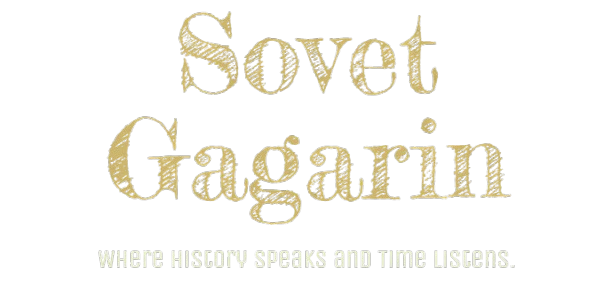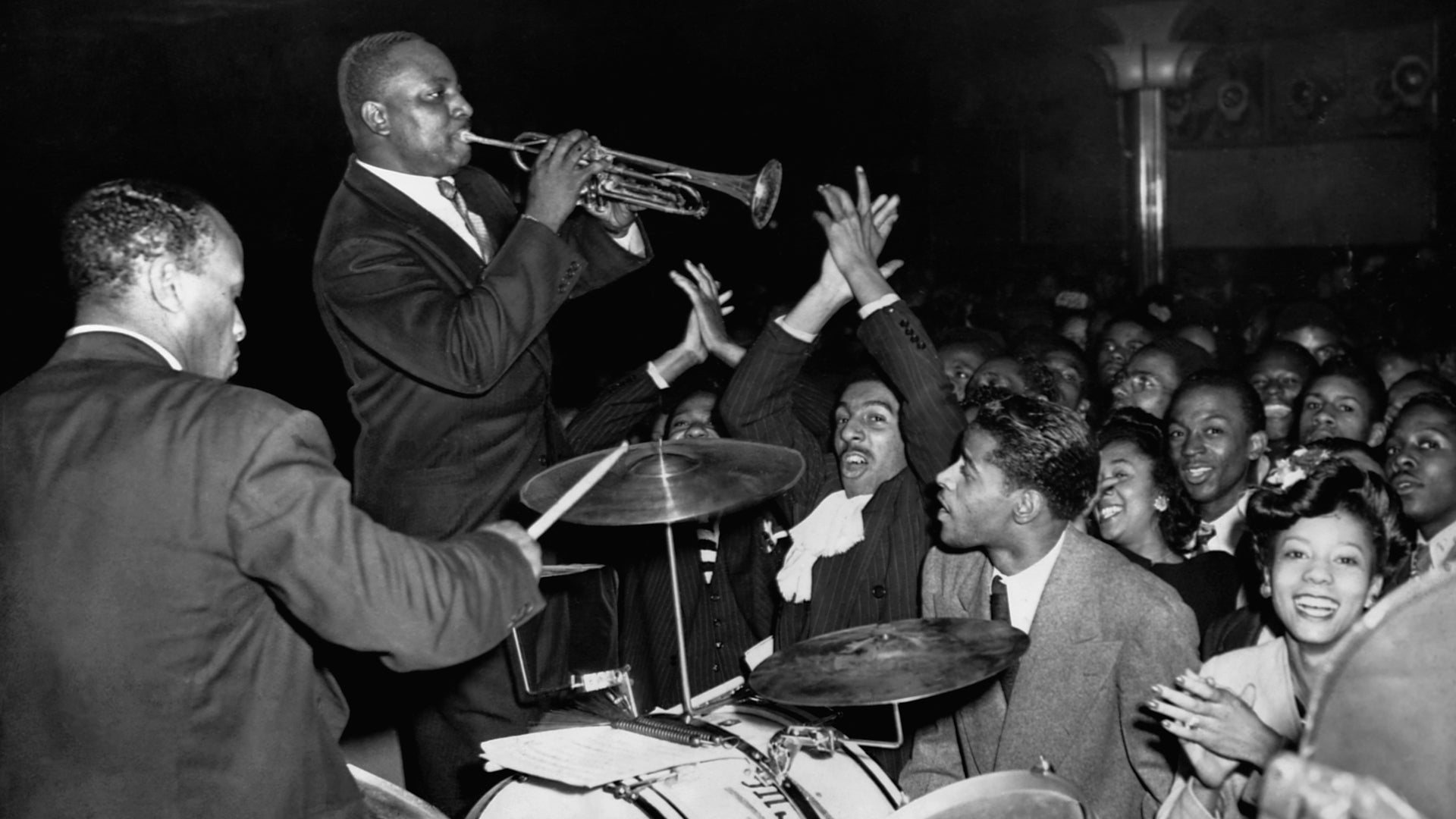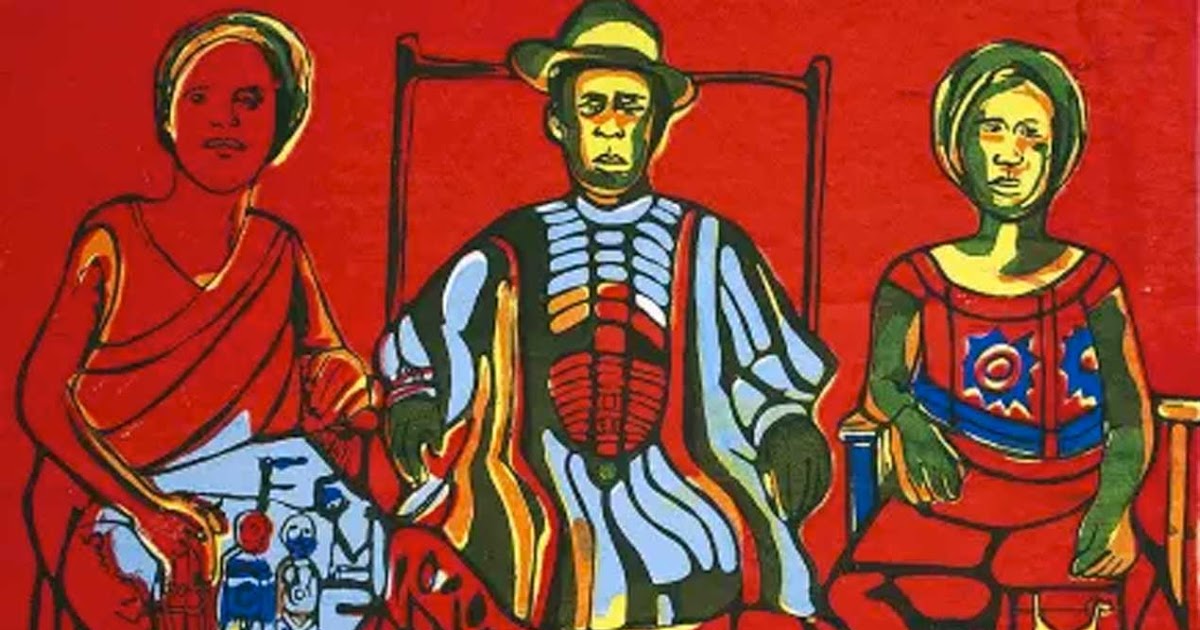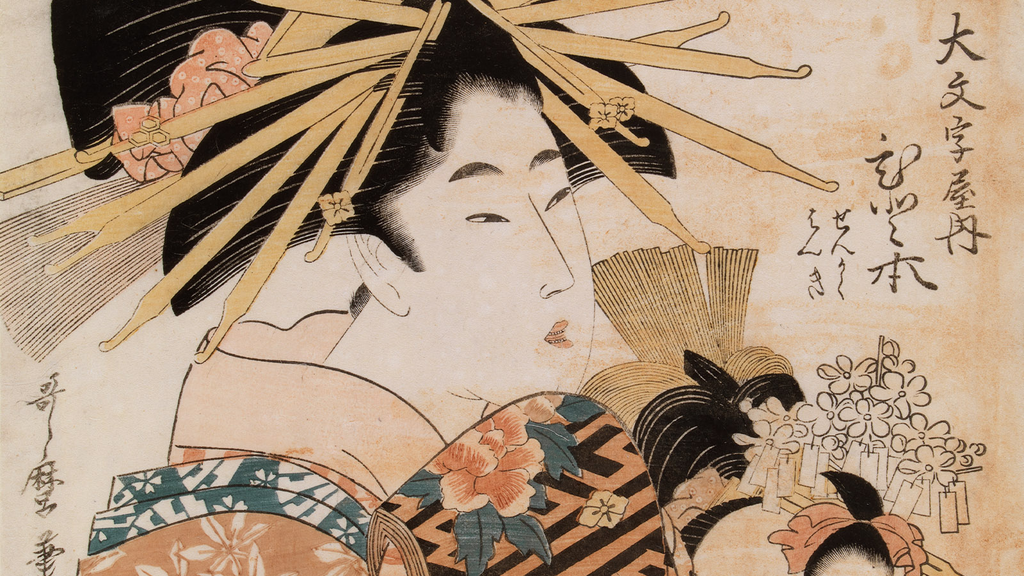sovet-gagarin.org – The Harlem Renaissance was a groundbreaking cultural movement that took place during the 1920s and early 1930s in Harlem, New York. This period saw a flourishing of African American literature, music, visual arts, and intellectual thought, shaping the future of American culture and civil rights movements.
What Sparked the Harlem Renaissance?
At the start of the 20th century, millions of African Americans migrated from the rural South to urban centers in the North in search of better opportunities, a movement known as the Great Migration. Harlem became a hub for Black creativity, where artists, writers, and musicians found a voice to express their struggles, heritage, and aspirations.
Key Figures of the Harlem Renaissance
- Langston Hughes (Poet & Writer) – Known for his powerful poetry that captured the African American experience, such as The Weary Blues and I, Too, Sing America.
- Zora Neale Hurston (Author & Anthropologist) – Wrote Their Eyes Were Watching God, a classic of African American literature.
- Duke Ellington (Jazz Composer & Musician) – Revolutionized jazz with performances at the famous Cotton Club.
- Louis Armstrong (Trumpeter & Singer) – Helped popularize jazz worldwide with his unique sound.
- Jacob Lawrence (Painter) – Used bold colors and dynamic compositions to depict Black life and history.
Impact on American Culture
The Harlem Renaissance was more than an artistic movement—it was a cultural assertion of identity and dignity. It challenged racial stereotypes, promoted social change, and laid the foundation for the Civil Rights Movement of the 1950s and 1960s. Jazz, literature, and visual arts from this era continue to influence modern music, writing, and activism.
Legacy of the Harlem Renaissance
Even a century later, the impact of the Harlem Renaissance can be seen in hip-hop, spoken word poetry, and the celebration of Black culture worldwide. It was a time when creativity became a tool for empowerment, proving that art has the power to shape history.
